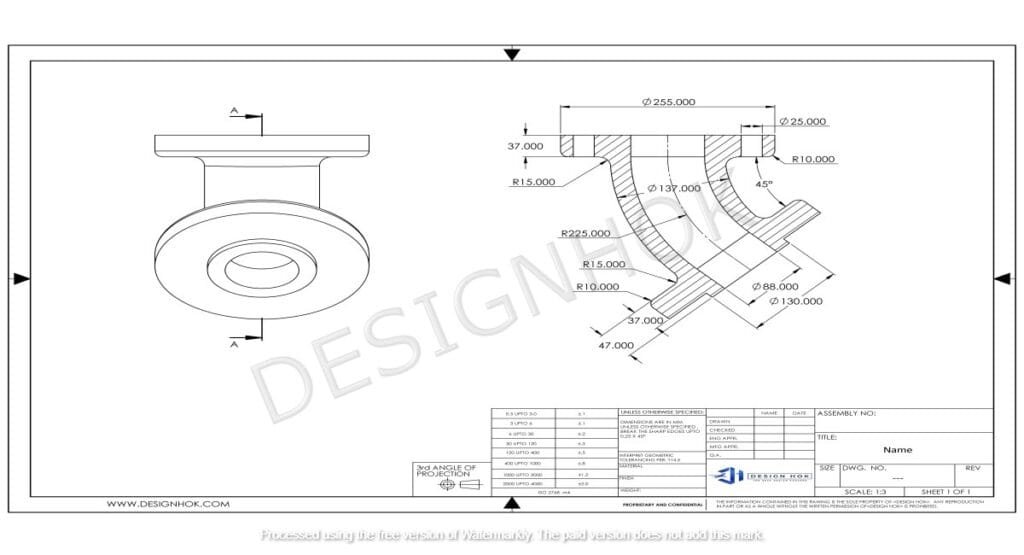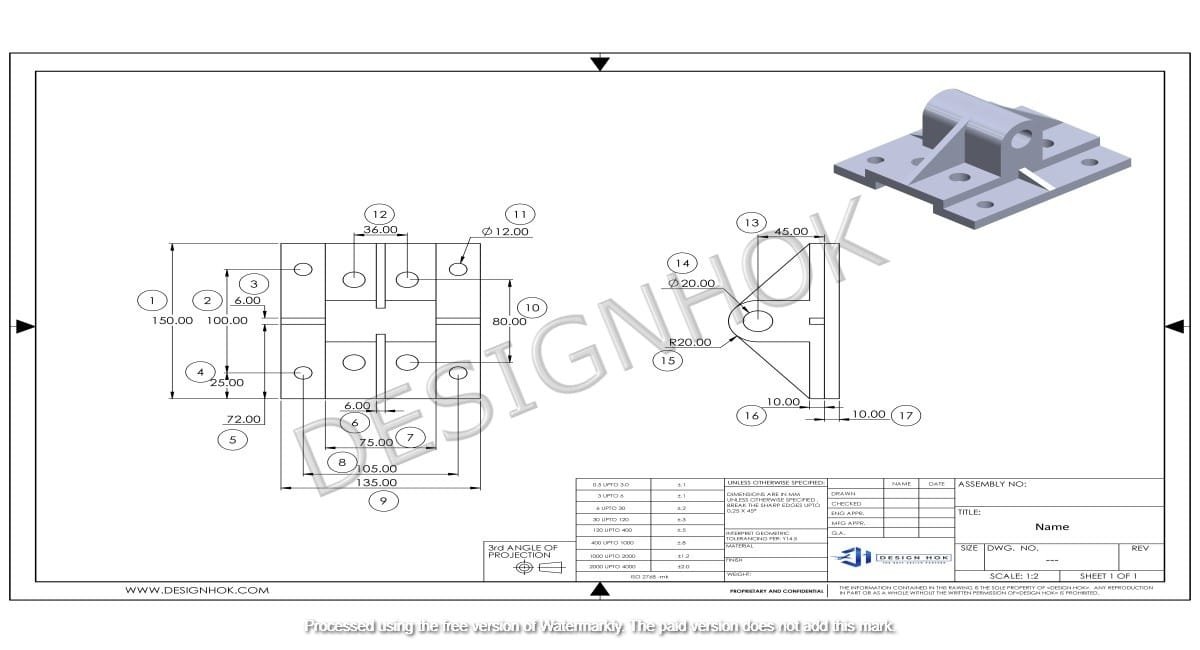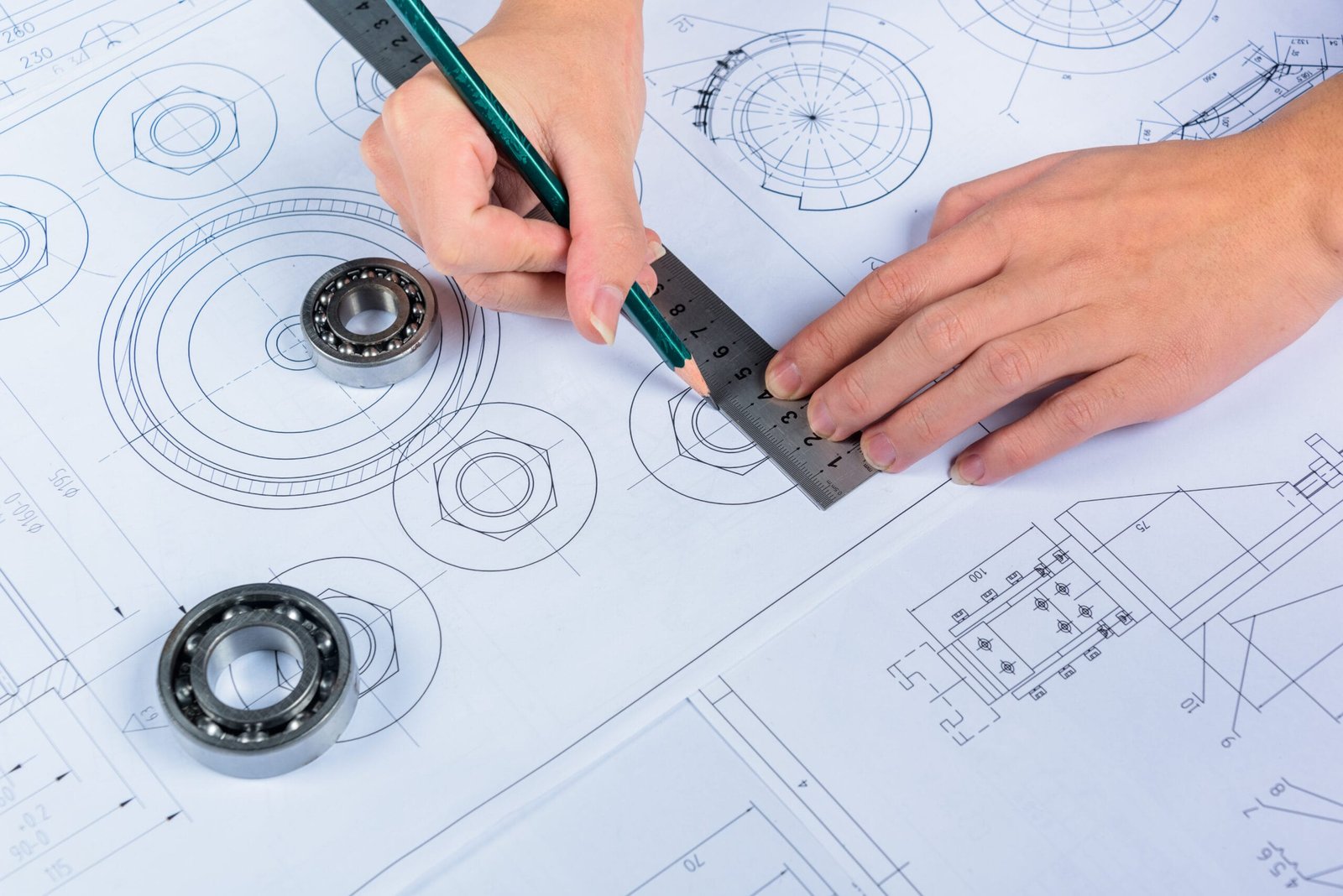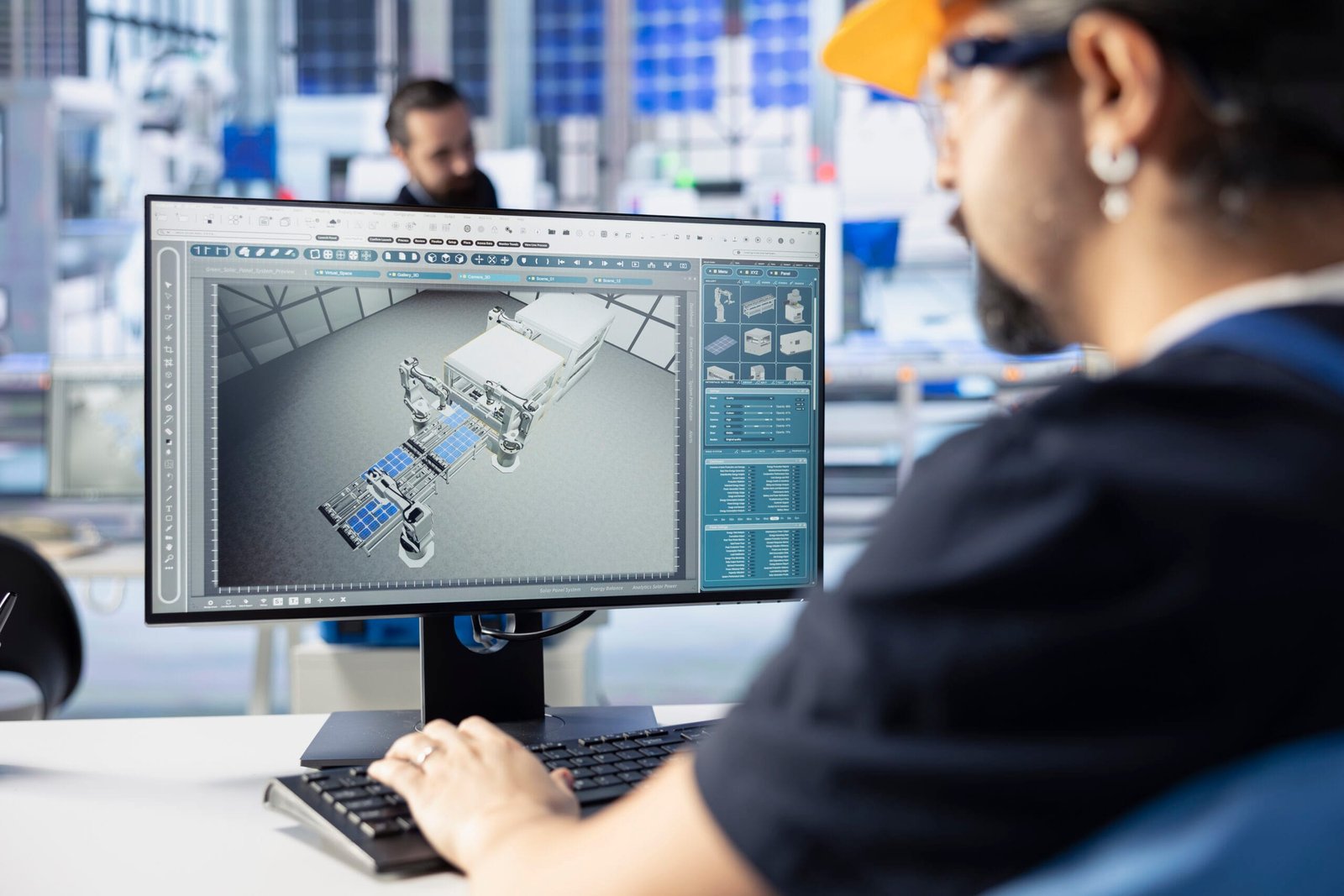Introduction
When it comes to GPU is Best for 3D Rendering is one of the most critical components of a workstation. Whether you’re creating architectural visualizations, mechanical designs, or product models, having the right GPU ensures smooth performance and high-quality renders. DesignHok, a platform that specializes in 3D modeling and rendering, requires a powerful GPU to handle complex projects efficiently.
In this blog, we will explore the GPU is Best for 3D Rendering in DesignHok, considering factors such as performance, VRAM, CUDA cores, and real-time rendering capabilities. We will also compare professional and consumer-grade GPUs to help you choose the right one for your needs.
Why is a GPU is Best for 3D Rendering Important for 3D Rendering?
Unlike CPU rendering, which relies solely on the processor, GPU is Best for 3D Rendering offloads most of the workload to the graphics card, significantly speeding up rendering times. This is particularly useful for large-scale projects in DesignHok, where detailed textures, lighting, and complex geometry require substantial computational power.
Some key advantages of GPU rendering include:
- Faster Render Times: A powerful GPU is Best for 3D Rendering can complete rendering tasks much quicker than a CPU.
- Real-Time Previews: Allows designers to see real-time changes to lighting and textures.
- Parallel Processing: GPUs have thousands of cores optimized for parallel tasks, making them ideal for rendering.
- Enhanced Performance in Design Software: Many 3D modeling applications (such as Blender, Autodesk Maya, and 3ds Max) benefit from GPU acceleration.

Key Factors to Consider When Choosing a GPU for DesignHok
Before selecting a GPU for 3D rendering in DesignHok, you need to evaluate several factors:
1. VRAM (Video RAM)
VRAM determines how much data a GPU can store and process at once. For 3D rendering, having more VRAM is crucial, especially when working with high-resolution textures and complex scenes.
- 4GB – 6GB: Suitable for basic 3D modeling but may struggle with complex scenes.
- 8GB – 12GB: Ideal for mid-range 3D rendering and animations.
- 16GB and above: Recommended for high-end rendering, large-scale projects, and real-time visualizations.
2. CUDA Cores vs. Stream Processors
- NVIDIA GPUs use CUDA cores, which are optimized for rendering in software like Blender and OctaneRender.
- AMD GPUs use Stream Processors, which work well with OpenCL-based rendering engines.
- If your software supports CUDA (such as Redshift or V-Ray), an NVIDIA GPU is a better choice.
3. Ray Tracing Capabilities
GPUs with dedicated ray-tracing cores (such as NVIDIA RTX cards) improve lighting realism, reflections, and shadows, making them a great choice for high-quality renders in DesignHok.
4. Power Consumption & Cooling
High-performance GPUs generate a lot of heat and consume significant power. Ensure your workstation has proper cooling and a power supply unit (PSU) that meets the GPU’s requirements.
5. Compatibility with Design Software
Check whether your rendering software supports GPU acceleration. DesignHok integrates with multiple 3D modeling programs, and compatibility with rendering engines like V-Ray, Redshift, and Blender Cycles is crucial.
Best GPUs for 3D Rendering in DesignHok
1. High-End GPUs for Professional Use
NVIDIA RTX 4090 (Best Overall)
- VRAM: 24GB GDDR6X
- CUDA Cores: 16,384
- Ray Tracing Cores: 128
- Pros: Best performance for real-time rendering, high VRAM capacity, excellent ray tracing.
- Cons: Expensive, requires a strong PSU and proper cooling.
NVIDIA RTX 4080 (Great Performance at a Lower Cost)
- VRAM: 16GB GDDR6X
- CUDA Cores: 9,728
- Ray Tracing Cores: 76
- Pros: High rendering speeds, excellent AI-powered rendering features.
- Cons: Still expensive but cheaper than the RTX 4090.
AMD Radeon RX 7900 XTX (Best AMD GPU for Rendering)
- VRAM: 24GB GDDR6
- Stream Processors: 6,144
- Pros: Strong performance for OpenCL-based rendering engines, competitive pricing.
- Cons: Lacks CUDA support, making it less compatible with some rendering software.
2. Mid-Range GPUs for Freelancers and Small Studios
NVIDIA RTX 4070 Ti (Best Mid-Range NVIDIA Card)
- VRAM: 12GB GDDR6X
- CUDA Cores: 7,680
- Pros: Great balance between cost and performance, solid real-time rendering capabilities.
- Cons: Limited for extremely complex projects.
AMD Radeon RX 7800 XT (Affordable AMD Option)
- VRAM: 16GB GDDR6
- Stream Processors: 3,840
- Pros: Affordable price, good for OpenCL-based renderers.
- Cons: Less optimized for CUDA-based rendering software.
3. Budget-Friendly GPUs for Beginners and Hobbyists
NVIDIA RTX 3060 Ti (Best Budget Option)
- VRAM: 8GB GDDR6
- CUDA Cores: 4,864
- Pros: Affordable, decent rendering speeds for beginners.
- Cons: Limited VRAM for large scenes.
AMD Radeon RX 6700 XT (AMD Budget Choice)
- VRAM: 12GB GDDR6
- Stream Processors: 2,560
- Pros: Good performance for its price, supports OpenCL-based rendering.
- Cons: Not the best for CUDA-optimized software.
Which GPU is Best for 3D Rendering is Right for You?
- For professionals working on high-end rendering: NVIDIA RTX 4090 or RTX 4080.
- For freelancers and mid-range users: NVIDIA RTX 4070 Ti or AMD Radeon RX 7800 XT.
- For hobbyists or those on a budget: NVIDIA RTX 3060 Ti or AMD RX 6700 XT.
Your choice should depend on the complexity of your projects, the rendering software you use, and your budget.
Conclusion
Choosing the right GPU is Best for 3D Rendering in DesignHok can significantly impact your workflow and rendering efficiency. NVIDIA GPUs, particularly those with CUDA support, dominate the rendering industry due to their compatibility with popular rendering engines. However, AMD GPUs also offer powerful performance for users who rely on OpenCL-based software.
Whether you’re a professional working on high-end visualizations or a beginner starting with 3D modeling, selecting the right GPU ensures faster rendering, real-time previews, and an overall smoother design experience.
FAQ
Q1: What is the best GPU for 3D rendering in DesignHok?
The NVIDIA RTX 4090 is the best overall GPU for 3D rendering due to its high CUDA core count, large VRAM, and excellent ray-tracing capabilities.
Q2: Do I need an NVIDIA GPU for 3D rendering?
Not necessarily. While NVIDIA GPUs with CUDA support are widely used in rendering software, AMD GPUs can still provide good performance for OpenCL-based rendering engines.
Q3: How much VRAM do I need for 3D rendering?
For basic rendering, 6GB–8GB VRAM is sufficient. For complex scenes and high-resolution textures, 12GB–24GB VRAM is recommended.
Q4: Are gaming GPUs good for 3D rendering?
Yes, gaming GPUs like the NVIDIA RTX 4070 Ti or RTX 4080 can handle rendering tasks well. However, professional GPUs (such as the NVIDIA RTX A6000) offer better stability and optimization for CAD and rendering applications.
Q5: Does DesignHok require a high-end GPU?
It depends on your workload. If you work with large-scale projects and detailed 3D models, a high-end GPU will significantly improve performance.





